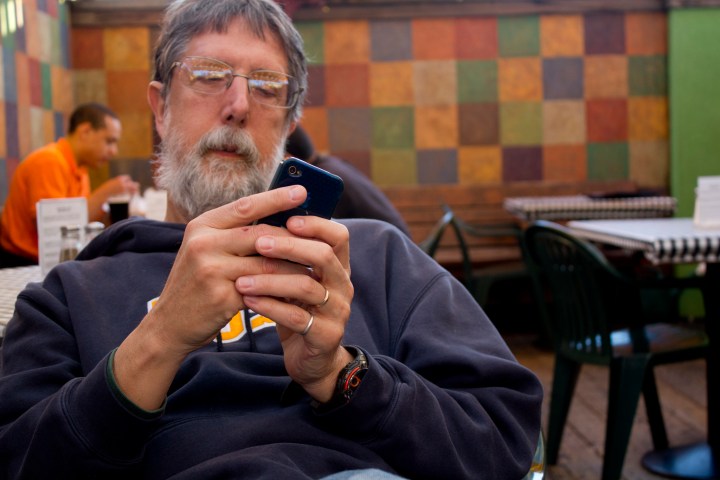
The Norton Cybersecurity Insights Report showed that respondents are generally more aware and anxious for their virtual security than ever before, but older generations the most likely to take proactive steps to stay safe.
The global report claims that millennials are “overly confident” and “often throw caution to the wind,” with 36 percent of respondents saying that they share their passwords.
Less than a third of millennials feel that they are to blame when an online crime happens to them while one in five said they don’t feel like they should worry because online security is not their responsibility.
At the same time, 38 percent said they don’t feel like they’re interesting enough to be a target, but 56 percent admitted to having personally experienced an online crime.
Symantec’s survey breaks down the respondents by generation, and found password sharing to be most prevalent with the younger generations. Email, social media, and banking account for most of the password sharing that goes on, with 31 percent of millennials likely to share a password, which is more than double that of baby boomers, at 15 percent, and higher than Gen-Xers, at 20 percent.
The baby boomer generation is less likely to experience cybercrime, says Symantec. Why is this so? “[Baby boomers] are more likely to take certain protective measures, such as always using a secure password (42 percent) and fewer share passwords (only 15 percent),” said the survey, which goes on to say that fewer younger people use a “secure” password.
According to Pew Research, much higher percentages of younger Internet users have social media accounts, and a GlobalWebIndex report from last year showed that millennials are much more active on social media with multiple accounts. This may suggest why cybercrime is more common among millennials, as there are more avenues for a breach occur.
The Symantec report adds that 150 billion was lost globally to cybercrime over the last year, and now at least 80 percent of people are worried about cybercrime. But that hasn’t lead to users following through with protective measures.
“Our findings demonstrate the headlines rattled people’s trust in online activity, but the threat of cybercrime hasn’t led to widespread adoption of simple protection measures people should take to safeguard their information online,” said Fran Rosch, executive vice president of Norton.


